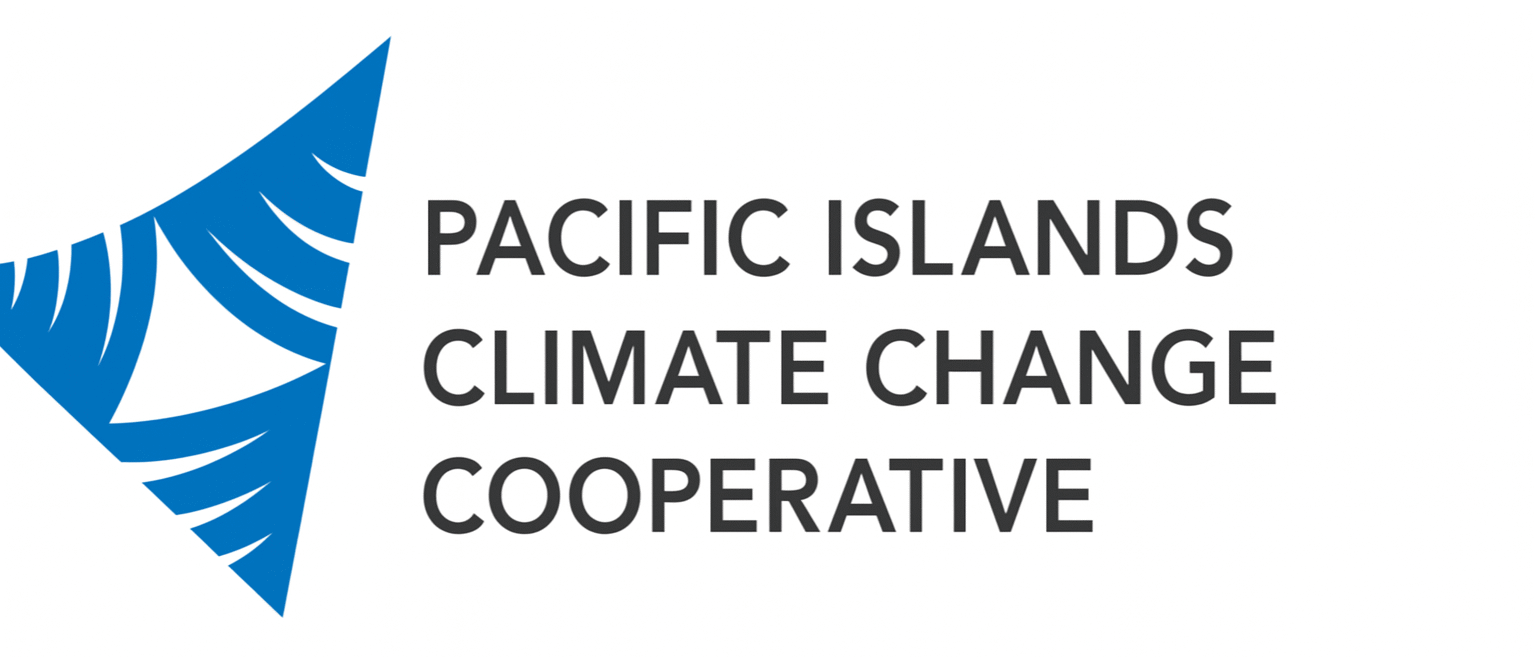American households continue to battle rising living costs, with food, gasoline, rent, and utilities weighing heavily on monthly budgets.
To ease this financial pressure, reports indicate that the federal government may release a new round of $1,312 stimulus checks in August 2025.
These potential payments would offer targeted financial relief to seniors, veterans, and families with low or moderate incomes who have been most affected by persistent inflation.
This article explains everything about the proposed stimulus—why it is being discussed, who might qualify, and how it could impact millions of families across the United States.
Why a $1,312 Stimulus Is Being Considered
Inflation over the last few years has created significant challenges for households.
Prices of basic necessities such as groceries, housing, and transportation remain well above pre-pandemic levels.
While wage growth has helped some workers, many fixed-income seniors and lower-income families are struggling to keep pace.
The $1,312 stimulus check is designed to provide direct financial support to those groups most vulnerable to economic instability.
Unlike tax credits that are claimed later, this payment would be delivered directly, ensuring families can cover immediate expenses.
Who Will Likely Qualify for the $1,312 Stimulus
Although official eligibility criteria have not yet been finalized, early discussions suggest that the program will primarily target:
- Seniors (age 62 and above) living on fixed incomes such as Social Security or pensions.
- Military veterans facing higher living expenses while relying on benefits.
- Low- to middle-income families struggling with housing, food, and utility bills.
Eligibility may also depend on annual income thresholds, similar to earlier stimulus rounds. Families earning above certain income levels may not receive the payment.
How Payments Could Be Distributed
The government is expected to use the same payment channels it has relied on in the past for fast and secure distribution. This could include:
- Direct deposit into bank accounts linked with tax returns or benefit programs.
- Paper checks mailed to households without direct deposit information.
- Prepaid debit cards issued for those without traditional banking access.
The goal is to ensure all eligible recipients receive funds as quickly as possible, particularly during the peak of summer when utility and food bills often rise.
Economic Impact of the Stimulus
The proposed $1,312 checks could serve multiple purposes:
Immediate Relief for Families – Helping households pay for essentials such as rent, groceries, or medical bills.
Boosting Consumer Spending – By putting money directly in the hands of families, the economy could see an increase in local business sales.
Supporting Vulnerable Groups – Seniors, veterans, and struggling families would gain breathing room to manage persistent costs.
However, economists also note that distributing additional funds could have mixed effects on inflation if not balanced with broader economic strategies.
Payment Timeline – What to Expect
If approved, the stimulus checks are projected to be released in August 2025.
While no official date has been announced, past programs suggest that payments may be staggered over several weeks to manage processing.
| Expected Payment Month | Payment Type | Target Groups |
|---|---|---|
| August 2025 | $1,312 Stimulus Check | Seniors, Veterans, Low-Income Families |
Recipients should monitor announcements from the U.S. Treasury Department and IRS for confirmation of deposit dates.
Why This Stimulus Matters Now
Unlike previous relief measures during the pandemic, this proposed payment addresses a new wave of financial strain.
Inflation has not subsided fully, and many Americans feel their purchasing power shrinking every month. By issuing a targeted check, the government aims to:
- Prevent household debt from increasing.
- Protect seniors who depend heavily on fixed incomes.
- Stabilize local economies in smaller towns and cities.
This program, if launched, would represent not just a temporary relief measure but also a step toward ensuring economic resilience for vulnerable citizens.
Potential Challenges
While the idea of direct payments is widely welcomed, several challenges remain:
- Budgetary Concerns – Allocating billions in stimulus funds requires approval and careful planning.
- Inflationary Risks – Extra spending power could fuel inflation if not managed properly.
- Administrative Delays – Ensuring timely distribution to millions of recipients can be complex.
Despite these hurdles, public demand for relief continues to grow, making the proposal a major policy topic in 2025.
The potential $1,312 stimulus checks in August 2025 represent hope for millions of Americans struggling with persistent financial strain.
With inflation still squeezing household budgets, this payment could provide much-needed support for seniors, veterans, and families across the country.
While challenges such as cost and implementation remain, the relief program highlights the government’s ongoing efforts to address economic inequality and provide targeted assistance.
Frequently Asked Questions
Who will qualify for the $1,312 stimulus check?
The payments are expected to target seniors, veterans, and low- to moderate-income families most affected by inflation.
When will the payments be released?
If approved, the stimulus checks are expected in August 2025, with distribution likely occurring in phases via direct deposit, checks, or debit cards.
Will everyone receive the payment?
No, eligibility will likely depend on income limits. Higher-income households may not qualify, while vulnerable groups will be prioritized.

